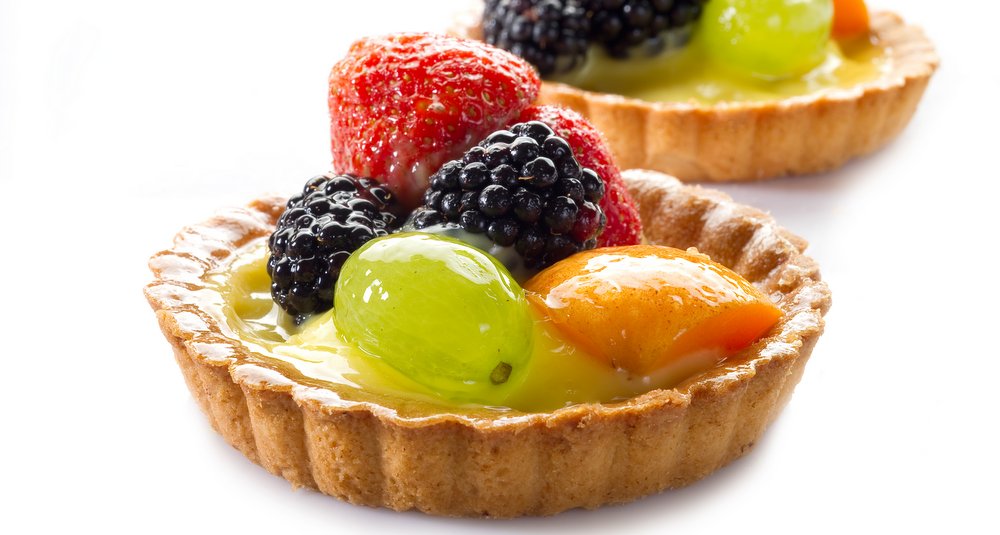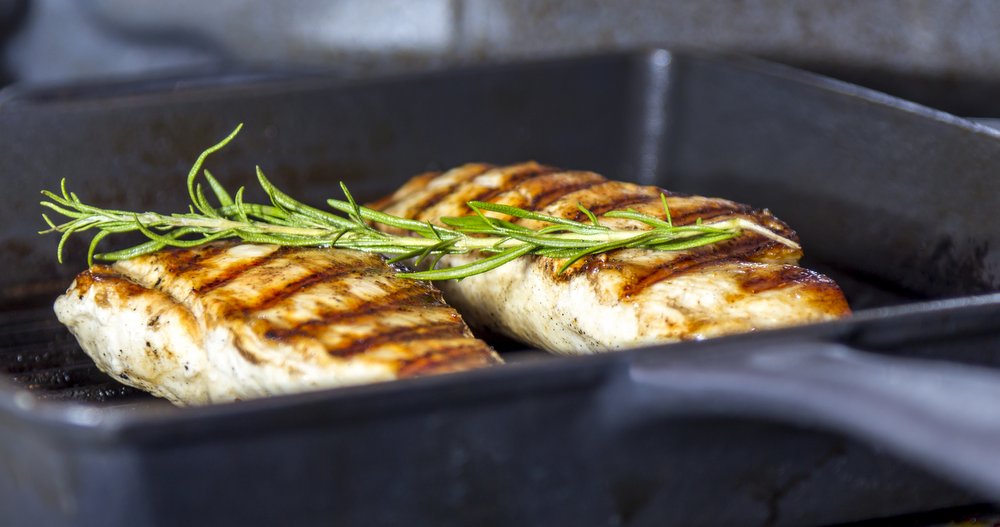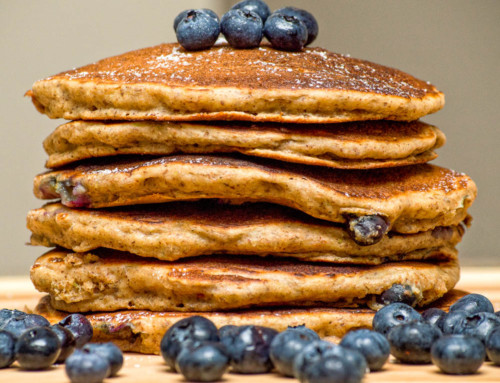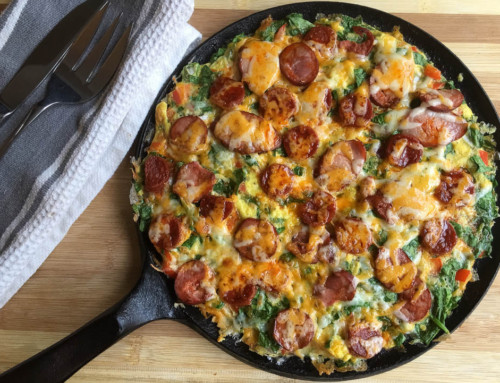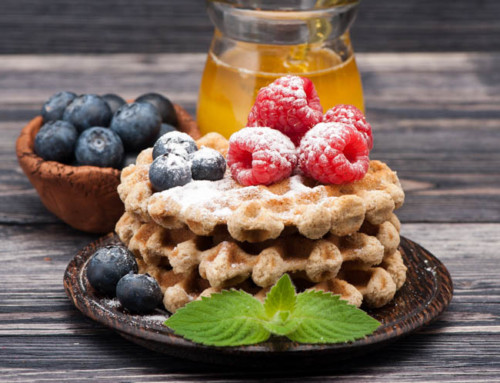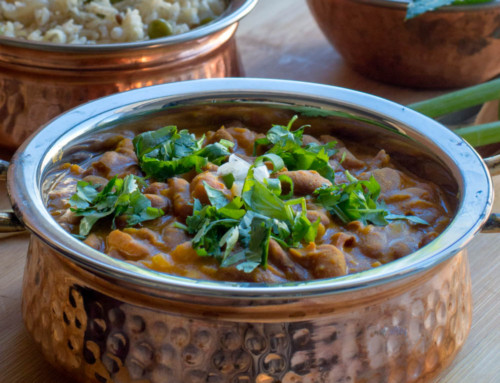Healthy is almost as ambiguous as the word happy. We all want to be healthy but very few of us know what it entails. Most of us start on the right track in terms of eating better and working-out more. However, we’re often misinformed about the entire process regarding nutrition and exercise and how to better target our efforts.
At Science and Strength, healthy state is defined through being Stronger Leaner Faster. This is a lifestyle comprised from three factors—food, fitness and rest.
The focus of this article is food; and food that is nutritious. Not all foods are created equal as some can be sub-categorized as treats. Knowing what constitutes something as a treat versus fuel will improve overall nutritional intake, maximizing on one over the other.
Information Overload about Treats
Food in this modern day world is complicated. Mass advertising is everywhere we look. Back in the day, big sale billboards on busy traffic routes would come into field of view as we drove or walked by. Now, this marketing assault is everywhere we turn, continuously seeping through personal emails, social media, television, newsprint and so forth. Food business is massive, with many giant companies driving products to be noticed and appeal to the general population. It’s difficult to drive by and not notice various food “deals” about coffee with muffin and egg sandwiches. At the grocery stores, the chocolate bars are conveniently placed right next to the checkout lines, while chips, soda and other snack deals can always be found at the gas station pump.
Products that are often heavily marketed fall within the treat sub-group. Treats are all around us and we need to be cognisant of their content and our goals; making conscious decisions about when to consume such products and when to walk away.
Treats Vs. Fuels
What is a Treat?
Treat is often classified as a food product that we receive emotional pleasure from when eating it. Frequently, these food products have far less nutrition content in the way of Macros—protein, carbs, fats, fiber; and/or Micros—vitamins and minerals. Whatever nutritional values these products possess, it’s often negated by non-nutrient additives such as added salt, sugar, fat, preservatives and stabilizers, minimizing any nutrient benefit.
The most confusing treats we often consider as fuels are the heavily processed ones, often filled with nutrient-void fillers. Treats like hot dogs, sausages, white bread, white pasta, chicken nuggets, frozen lasagne or rice-bowls meals, all fall within this category.
Most of us know that chocolate bars and chips are a treat. However, sub-products of these well established treats have been successfully marketed into “health products” giving them appearance of fuel type foods. An example of this is the energy bars, often sold under the umbrella of everyday healthy foods. The easily, digestible calories found in energy bars can only be burned off during extensive physical activity. A marathon runner can utilize such treats as fuel to keep him/her going as the need for fast sugars is necessary. However, for most of us grabbing an energy bar to go with our afternoon coffee is going straight to the hips and belly fat deposits. Followed by an energy crash soon after, desiring more sugar.
Chips have derived a different approach towards acceptable food product. On their own, chips are regarded as treats. But, when chips are added as a side snack to a sandwich for lunch, they are frequently viewed as part of a complete meal. Beware of such thinking, as such food products, no matter the combination, will always be the same—unnecessary empty calories translating into added pounds on the scale.
What is Fuel?
Foods that provide nutrients for the body, naturally fuelling many internal systems fall within this category. Now, since each food contains calories, and calories are the quantifying unit of energy, it is true that all foods are also fuels. However, this black and white approach to food has been argued by many experts, groups and business companies for individual benefit. The goal of this article is to distinguish the difference in food groups and their affect on the body.
The easiest way to think of this is to “consider the packaging”. Some things come in packages that are easily opened attaining the inside contents within seconds. Other packages are far more difficult, having lots of tape, sturdier box, requiring significant effort and persistence to open them. Food products are very much the same. Foods that have little nutritional value are quickly opened by the digestive system, with inside contents—calories—either used or stored. This is the case for an energy bar, containing easily digestible sugars that are quickly accessed by the body. If we are competing in a triathlon, marathon or extensive obstacle course, energy bars would qualify as food and provide needed benefits during such activities. Beyond this, energy bars should be treated like candy bars and only consumed in moderation as treats.
Fuel food needs to provide at least one or more Macros like complete protein, complex carbs and/or essential fatty acids. Moreover, micronutrients—vitamins and minerals—are also an essential part of fuels. Often times we are sold products advertised as fuel with nutrient labels indicating Macros and Micros contents. BUT, by knowing the difference the “total packaging” of each food can quickly be identified as a treat or fuel. Simple way to know the difference between a treat and fuel is to ask yourself: Is this going to assist me towards my goals of healthy lifestyle?
Fuels don’t always have to be freshly picked or baked at home. We are busy people and that isn’t going to change. So, the connivence of frozen and packaged food products is understandable and often necessary. There are many frozen foods that will make life easy for us and are nutritious.
- Products like frozen fruits and vegetables—add frozen foods to a smoothie for quick healthy meal before opting for a convenient take-out pizza.
- Frozen peas, carrots or broccoli are excellent options to pop in with a pot of boiling whole wheat pasta or a quick stir-fry. No need to add garlic bread to the pasta as it is already high in carbs. Another super tip is to enjoy a small serving of rice or pasta topped with a larger serving of fuel rich stir-fry, reverse the roles. Here, nutrient-rich stir-fry is the main ingredient and the rice/pasta are there to satisfy the craving.
- Green salads are sold in bags just like chips—add salad as a side to your sandwich next time. Often times a sandwich on the go is the only option. Always choose a sandwich with quality ingredients—try a grocery store, over a fast food joint—and add a bag of salad, or a piece of fruit as a substitute to chips.
Packaged Foods like bread, rice, pasta are reality options consumed daily. Just be mindful of ingredients, looking for natural items, like 100% whole wheat with germ bread or pasta.
Best ways to enjoy Treats
Treats fall under a vast category with something for everyone’s palate. We all have preferential treats, be it salty chips, sweet cakes, or cold cuts and hotdogs to name a few options. Enjoying treats can be grouped in the following options:
First, find a healthy substitute for this flavour—all of us crave sweet, salty and fatty flavours; it’s in our genes. Often we have a little more affinity for one over another. So, if it’s sweets you crave try to substitute a dark chocolate for a milk one. You will enjoy it less and therefore eat less of it. A substitute for crispy chips, try plain popcorn with a little added salt and melted butter. You can also add some spice like cayenne pepper, often salt and spice go hand in hand for flavour. This will cut down on calories, limiting salt content ingested, while satisfying internal crunchy and salty flavours. Fat content found in deep fried products is a hard flavour to give up—it is often a personal vice for many. To enjoy fat based treats, while keeping aligned with goals of health and fitness, try to employ the “second treat consumption option”.
Second option, limit and avoid the treat—skip the treat isle, luckily all of our vices and temptations are available in the candy, chips and pop aisle. Speed past these aisles when shopping and read our Blog on your smartphone while you wait at cashier line to pay. Don’t let the candy, chips and pop on sale distract you. Grocery stores are designed with purpose, strategically positioning treat-like products for maximal exposure, invoking emotional response and purchase. Keep strong, have a game plan before you enter the store, picking up only the products found on your grocery list.
Thirdly, enjoy in moderation—all your favourite treats can be enjoyed as such, but after your stomach is full with fuel based food.
Our Top Tips for applying the above Strategies
Next time you experience low energy, afternoon crash and crave a chocolate bar, try this:
- First, realize it’s the sweetness you are craving and reach for a small vanilla yogurt and a banana. Eat them slowly, allowing the time for your brain to interpret the food and appreciate the sweetness.
- Secondly, you have already avoided buying the chocolate bar at the store so, hold tight and don’t give into heading to the store or asking friend for a treat. If the yogurt and banana snack didn’t hit the spot, you managed to get your hands on the candy, no worries. There’s always tomorrow, another opportunity to capitalize.
- Thirdly, break of a piece of the chocolate and share the rest with friends. Or better yet, throw the rest in the garbage.
Studies show that will power is the strongest in the morning and steadily decreases throughout the day. So, by knowing personal temptations, we can predict their daily psychological arrival and begin our active resistance towards permanent control over that treat desire.
Fuel should always be a priority
The simplest way of transitioning over to healthy eating is to choose more whole foods over processed ones. Whole food options like fruits, vegetables, beans, lentils, nuts, seeds, whole meats over ground options. We’ve shared tips in a previous article on Fit Food for the Busy Lifestyle that are a great way to start.
Healthy eating needs to be a priority and set as a top goal.
- First, a meal plan is essential. When you are starting something new, a blueprint is a must. You need to know you goals, which are clear, concise (writing them down is a great idea) and are easy to execute.
- Second, stick to the meal plan. Treat temptations are everywhere, and resisting these choices while exercising restraint is part of the process. An effective method is to remind yourself, that treats may be enjoyed but after a planned meal.
- Third, it’s okey to be hungry. Often when we convert over to a new way of eating, we are not satisfied so, we feel hungry. This feeling will soon pass as the body adapts to a new feeding environment consisting of combinations of food content, amount and frequency. Furthermore, hunger is a natural feedback response, that has several beneficial attributes which will be discussed in later articles.
Final Thoughts
To eat healthy, we need to have knowledge of what we put into our body and consistency to develop long standing habits that result in permanent benefits. For this to happen, healthy eating has to be a top priority goal. To make this goal easier, know the difference between treats and fuels. Do some internal thinking about:
Which foods do you consume that fall under misguided “energy” category?
What type of treats do you consume and how often?
Who are you with, when you give into food temptations?
Answering these questions creates a situational awareness, allowing you to create a plan of action towards overcoming these temptations. If you need more information and step-by-step guide on cleansing your palate and crave less of Sweet, Salty and Fatty be sure to learn more about our The No-Diet Book.
We are always stronger in numbers together so, please share this article with your friends and get them involved in your journey. Thanks for reading 🙂

